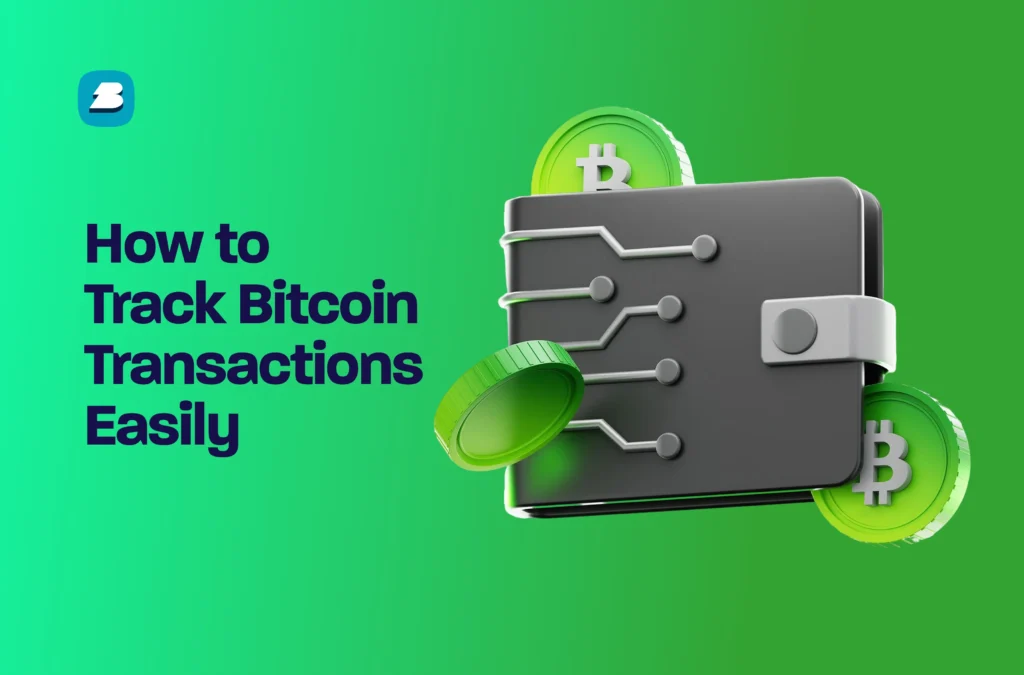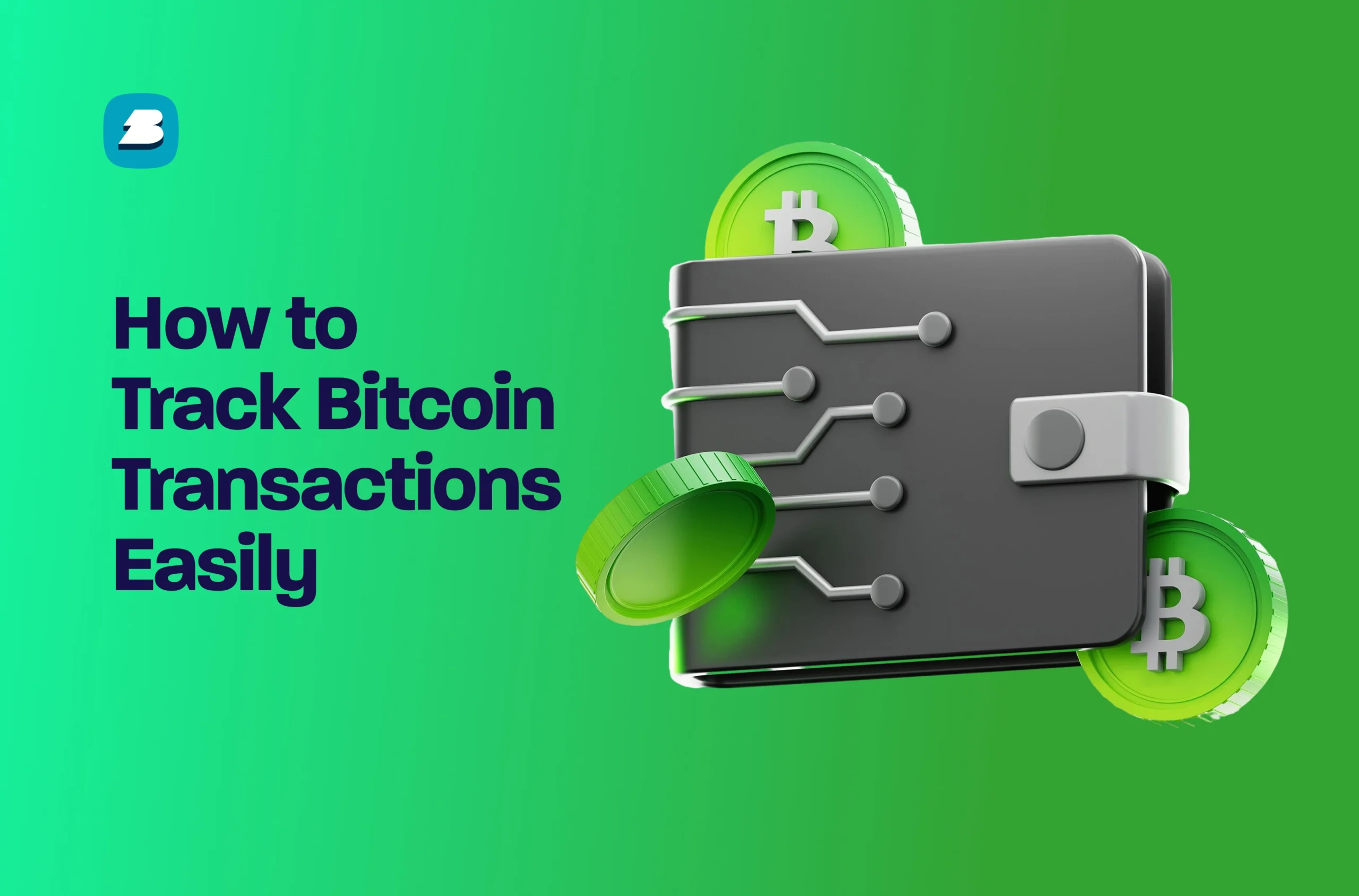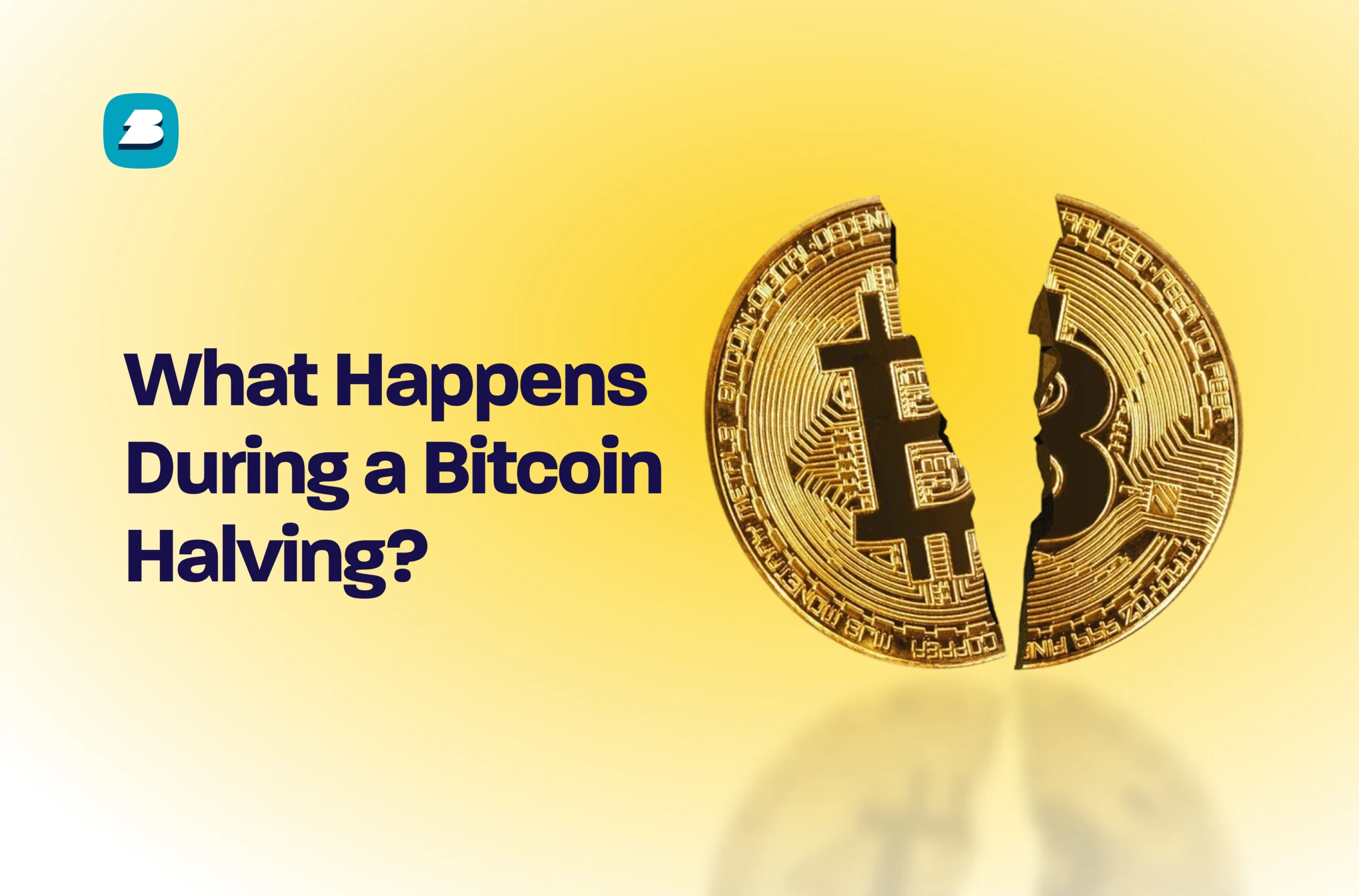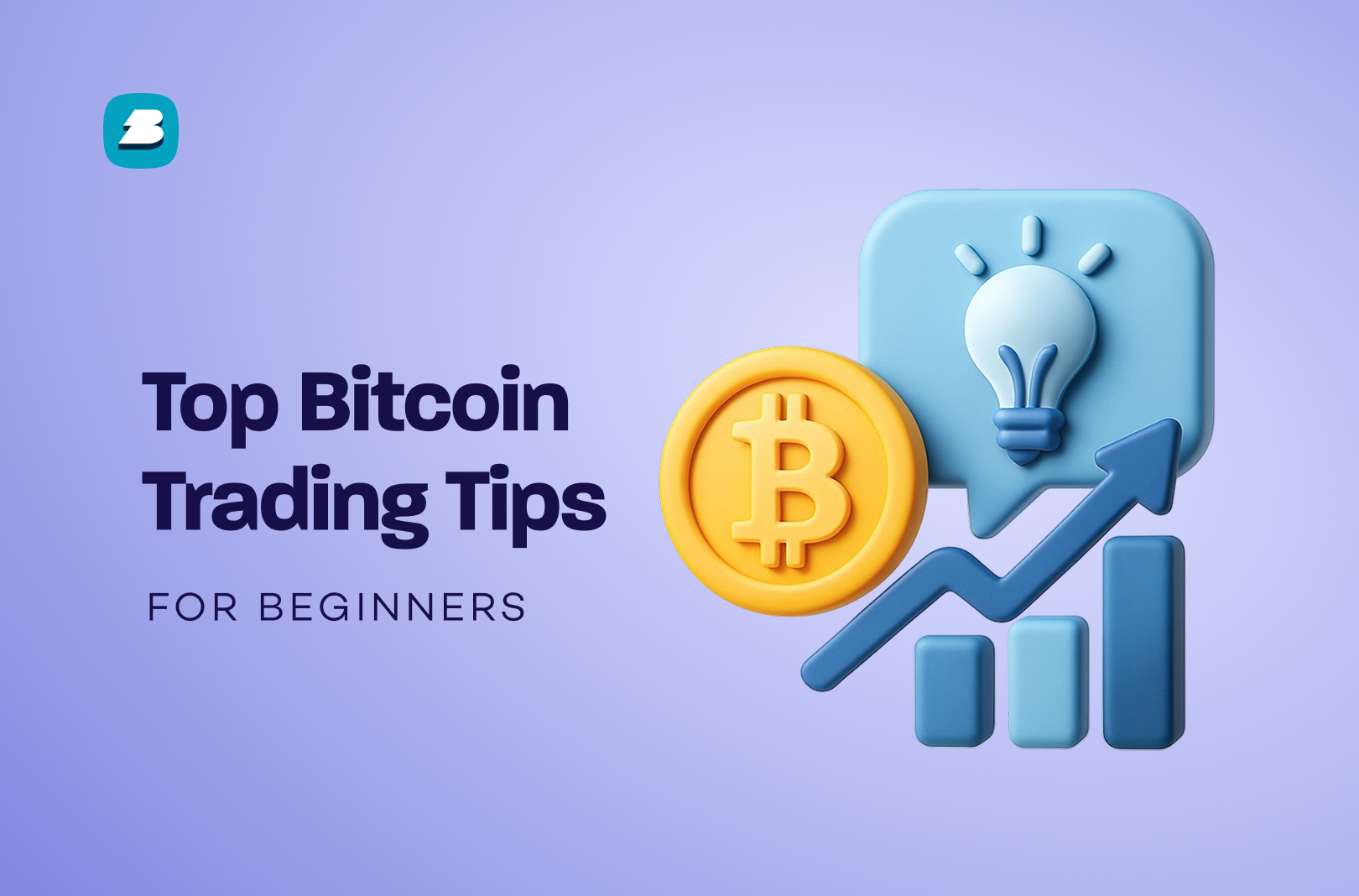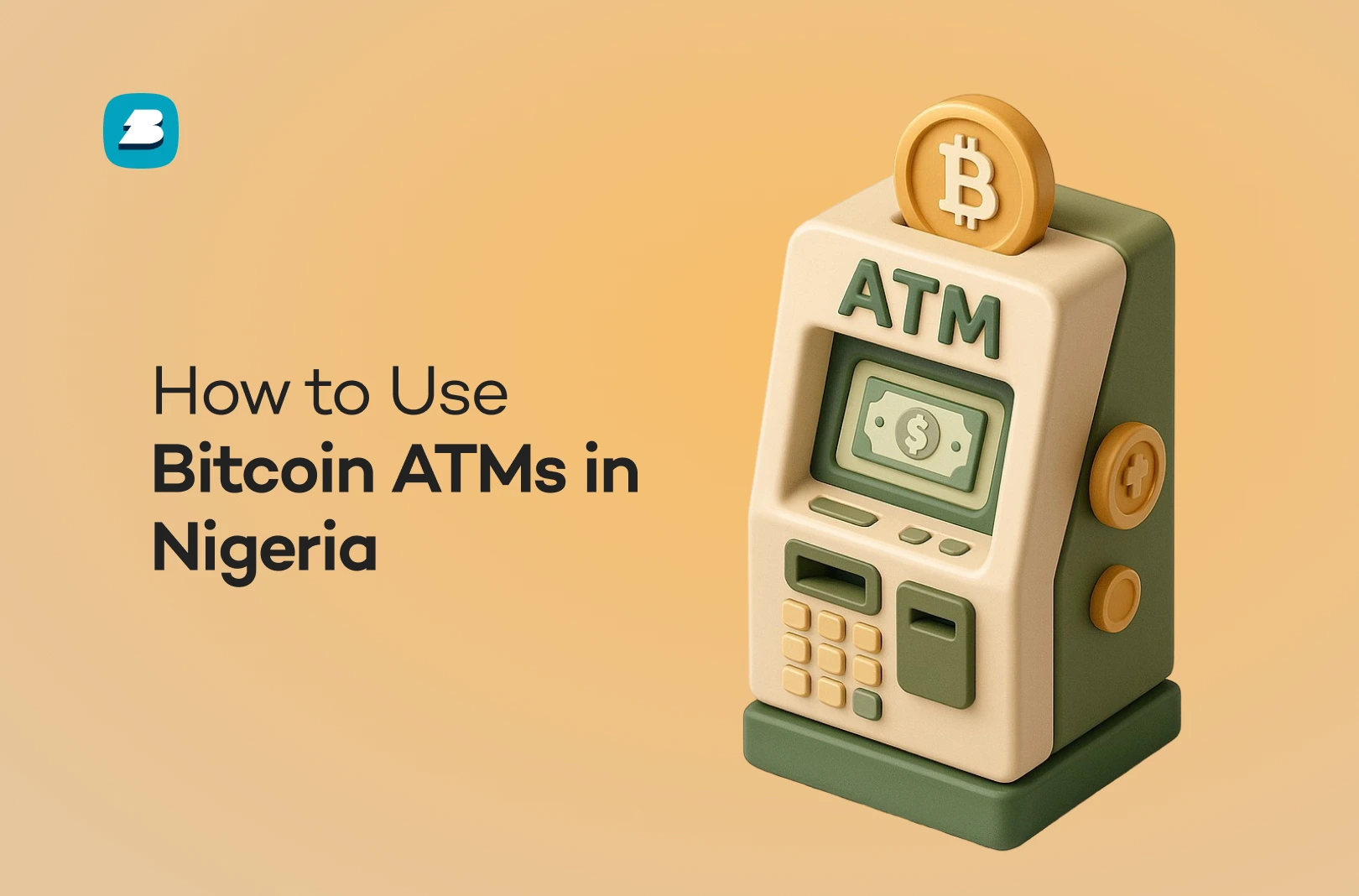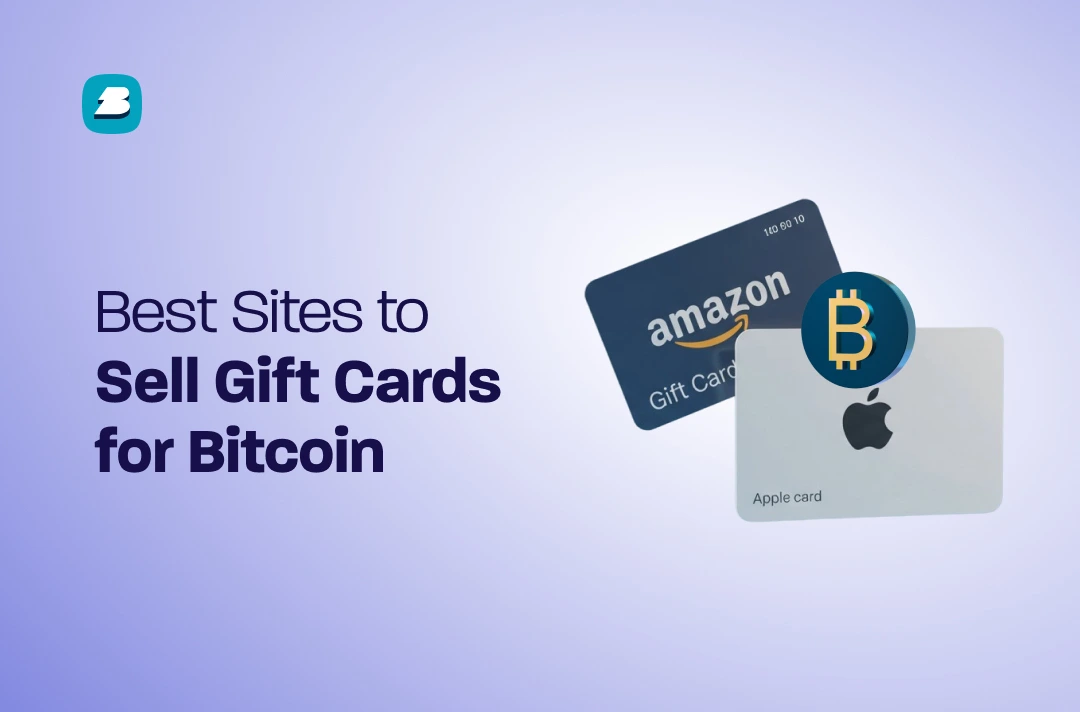One of the unique features of Bitcoin is that every transaction must be verified and added to the blockchain before it becomes final. This process is called Bitcoin transaction confirmation, and it ensures that payments are secure, transparent, and irreversible.
If you’ve ever sent or received BTC and noticed your transaction marked as “pending,” you were likely waiting for confirmations. For beginners, this can feel frustrating, but confirmations are what make BTC a reliable and fraud-resistant currency.
In this guide, we’ll explain what BTC transaction confirmations mean, how many are needed, how to check them, why your BTC transaction might be delayed, and which tools you can use to track your transaction in real time.
What is a Bitcoin Transaction Confirmation?
A bitcoin transaction confirmation occurs when a transaction is successfully included in a block on the blockchain.
The Bitcoin network is powered by miners (or validators), who collect pending transactions from the mempool, verify them, and add them to blocks. Once your transaction enters a block, it receives its first confirmation.
Every new block added to the blockchain after that adds an additional layer of confirmation. The more confirmations a transaction has, the harder it becomes to reverse, making it highly secure.
Here’s how the confirmation stages work:
- 0 confirmations: The transaction has been broadcast to the network but is not yet part of a block. It is considered unconfirmed.
- 1 confirmation: The transaction is included in a block, making it valid.
- 2–5 confirmations: With each new block, security increases. The chances of double-spending or fraud decrease significantly.
- 6 confirmations or more: At this point, the transaction is practically irreversible and considered final by almost all businesses and exchanges.
This system is designed to protect BTC users from fraud, double-spending, and invalid transactions. Unlike traditional banking systems that rely on intermediaries, BTC uses a decentralized consensus to validate transactions, and confirmations are the proof of this trust.
Related:
- Paxful Shuts Down: Full Details & Alternative for Nigerians
How Many Confirmations Are Needed for a Successful BTC Transaction?
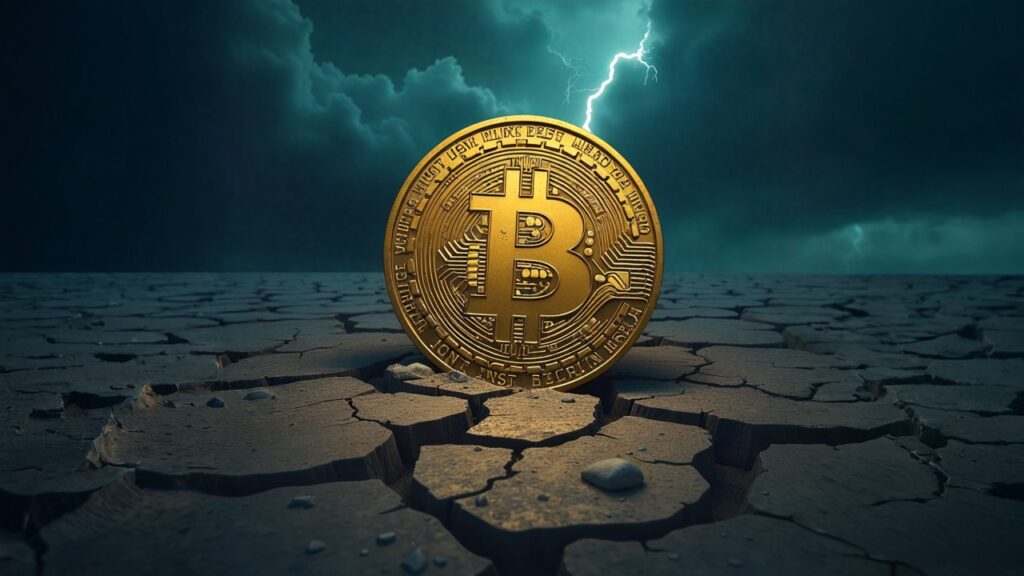
The number of confirmations required depends largely on the value of the transaction and the policies of the service provider (such as exchanges or payment processors).
- 1 confirmation: Usually enough for small transactions or personal transfers under $1,000. For example, sending BTC to a friend.
- 3 confirmations: This is the industry standard for most centralized exchanges when accepting deposits. At this level, the risk of double-spending is extremely low.
- 6 confirmations: It is considered the gold standard for large transactions (e.g., over $10,000). With six blocks securing a transaction, it becomes almost impossible to reverse or manipulate.
On average, a new block is mined every 10 minutes, so 1 confirmation is approximately 10 minutes, 3 confirmations are roughly 30 minutes, and 6 confirmations are about 1 hour.
However, these times can vary depending on network congestion and the transaction fee you attached to your transfer.
Related:
- 13 Free & Paid Blockchain Games (Android & IOS)
How to Check Your Bitcoin Transaction
Tracking your BTC transaction is straightforward once you know your transaction ID. This ID is like a digital receipt that lets you follow your payment across the blockchain.
Here’s a step-by-step guide:
- Get the Transaction ID: If you used an exchange, go to your withdrawal or deposit history and copy the ID. If you used a wallet app, check the transaction details to find the ID.
- Open a Blockchain Explorer: Websites like Blockchain.com, Blockchair, or BTCScan allow you to track BTC transactions in real time.
- Paste the Transaction ID into the Search Bar: Once you enter the ID, you’ll see the details of your transaction, including the number of confirmations, the amount of BTC sent, the time of sending and receiving addresses.
- Check the Confirmation Status: If it says “unconfirmed,” your transaction is still waiting to be included in a block. If it has “1 or more confirmations,” it’s already secured on the blockchain.
If you follow this process, you can verify your BTC transactions without needing to contact customer support or rely solely on your wallet’s updates.
Top 5 Tools and Platforms For Bitcoin Transaction Confirmation
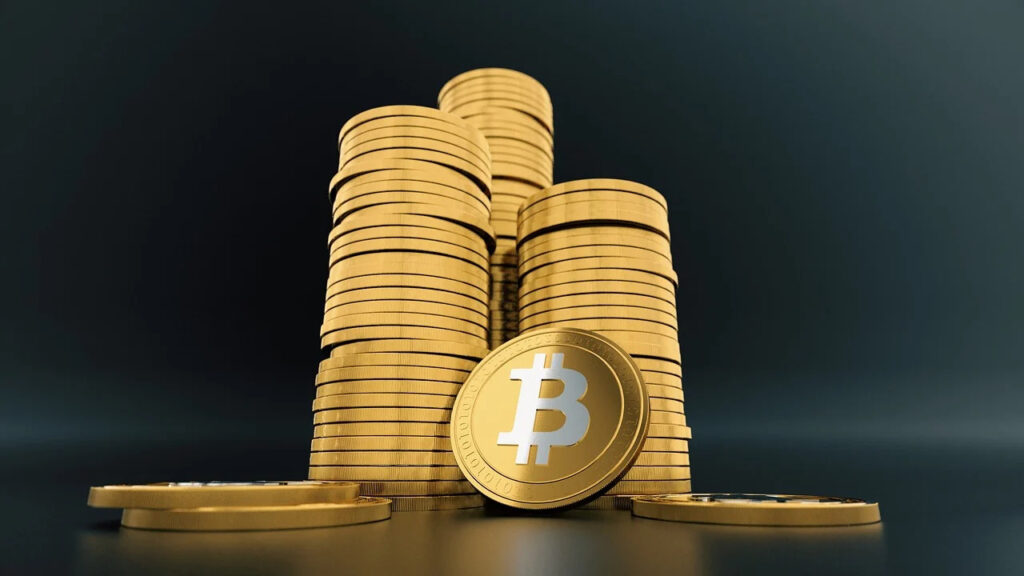
- Blockchain Explorer
- Blockchair
- BTCScan
- Mempool Space
- Crypto Exchange Wallet Dashboards
There are several free platforms you can use to track BTC confirmations, including:
1. Blockchain.com Explorer
The Blockchain.com explorer is one of the oldest and most beginner-friendly blockchain explorers. It provides a clean interface where you can enter your Bitcoin TXID or wallet address and instantly view the transaction details.
With the explorer, you can see the number of confirmations your transaction has, view the amount sent, sending address, and receiving address.
You can also track fees paid for the transaction and monitor the timestamp of when the transaction was first broadcasted.
2. Blockchair
Blockchair is a more advanced tool. While it also allows you to track confirmations and transaction details, it goes beyond the basics by providing powerful analytics.
What makes Blockchair unique is that it supports multiple cryptocurrencies, not just Bitcoin.
It shows transaction history, block data, and mempool statistics. It also offers advanced search filters; for example, you can look up transactions by amount, fee size, or even keywords. Moreover, it includes charts and data analytics for deeper blockchain research.
3. BTCScan
BTCScan is designed for simplicity. The platform has a clean, minimal interface that makes it ideal for everyday users who just want to track their BTC transaction confirmation.
Features of BTCScan include quick lookup of Bitcoin transactions with no distractions, real-time updates on confirmation status and easy-to-read details like sender, receiver, amount, and fee.
Unlike Blockchair, BTCScan doesn’t overload you with technical analytics. It’s a perfect option for those who want something fast and efficient without any extra data they won’t use.
4. Mempool.space
If you’re interested in how Bitcoin transactions move through the network, Mempool.space is one of the most suitable explorers. Instead of just showing confirmation status, it provides a visual representation of the mempool, which refers to the waiting room where unconfirmed BTC transactions sit before being added to a block.
With Mempool.space, you can see whether your transaction is still waiting in the mempool, track the average fees currently required to get faster confirmations, and watch blocks being mined in real time, with pending transactions flowing into them.
You can equally estimate how long your transaction might take depending on the fee you paid.
This makes Mempool.space especially valuable if your transaction seems stuck or delayed. It helps you understand whether the issue is due to low fees or overall network congestion.
5. Crypto Exchange Wallet Dashboards
Most major crypto exchanges, such as Binance, KuCoin, Coinbase, and Bybit, include built-in dashboards that show your transaction status. If you deposit BTC into your exchange wallet, you’ll usually see a progress bar with the number of confirmations counted automatically.
For example: Coinbase requires 3 confirmations for a BTC deposit to fully clear. Binance shows confirmations in real time and may allow partial credit while waiting for more. KuCoin provides both the TXID and a direct link to a blockchain explorer for verification.
This feature is helpful for traders who don’t want to leave the exchange platform. However, it’s always a good practice to cross-check your transaction independently using blockchain explorers.
Recommended:
- Why is Bitcoin Fee So High? & How to Lower It
Why Your Bitcoin Transaction May Be Delayed
It’s common for BTC users to worry when a transaction seems to be taking too long. Here are the most likely reasons:
- Low Transaction Fees: Bitcoin uses a fee-based system. Miners prioritise transactions with higher fees because they increase their rewards. If your transaction has a very low fee, it might remain unconfirmed in the mempool for hours or even days.
- Network Congestion: When there’s heavy activity such as during a BTC bull run, thousands of transactions compete for limited block space. This causes longer wait times.
- Pending in Mempool: Before being added to a block, every transaction sits in the mempool. If the mempool is crowded, your transaction might take longer than usual.
- Crypto Wallet or Exchange Delays: Sometimes, the blockchain confirms your transaction, but your wallet or exchange takes time to update the status on your account dashboard.
Top Pick:
What to Do If Your Transaction is Stuck
If your BTC transaction is delayed for too long, you have options to fast-track it, including:
- Using Replace-By-Fee (RBF): Some wallets allow you to resend the same transaction with a higher fee. This incentivizes miners to process it faster.
- Use a Transaction Accelerator: Certain services let you pay a small extra fee to push your transaction to the top of the queue.
- Wait It Out: If your transaction fee was reasonable, it will eventually get confirmed as network congestion eases.
Conclusion on Bitcoin Transaction Confirmation
Confirmations serve as proof that your payment has been verified and secured by the blockchain, making it safe and irreversible. Therefore, understanding Bitcoin transaction confirmations is essential for smooth and stress-free BTC transactions.
Are you sending BTC to a friend, depositing on an exchange, or making a large purchase, knowing how many confirmations are needed and how to track them helps you stay in control of your funds.
Related:
- How to Verify Bitcoin on Cash App: Step-by-Step Guide
- How to Enable Bitcoin on Cash App: Step by Step Guide
Frequently Asked Questions on Bitcoin Transaction Confirmation
Why do Bitcoin Transactions need Confirmations?
Bitcoin transactions need confirmations to protect the network from fraud and double-spending. When you send Bitcoin, the transaction must be verified by miners and added to a new block on the blockchain. Each confirmation means the transaction is securely recorded and validated by multiple nodes, making it almost impossible to alter. This process ensures your Bitcoin payment is legitimate, transparent, and secure for both sender and receiver.
How long does 1 Bitcoin Confirmation take?
On average, one Bitcoin confirmation takes about 10 minutes because that’s the time it usually takes for miners to find a new block. However, this time can vary depending on network congestion and how high your transaction fee is. During peak periods when many people are sending Bitcoin, confirmations can take longer. Paying a higher transaction fee often helps your transaction get picked up by miners faster.
Can a Bitcoin Transaction be Reversed after Confirmation?
No, Bitcoin transactions cannot be reversed once confirmed. This is one of the core features of the Bitcoin network, immutability. Once your transaction has been verified and included in a block, it becomes part of the permanent blockchain record. The only way to recover funds sent in error is by contacting the receiver and requesting a refund, since the Bitcoin network itself doesn’t allow reversals or cancellations.
What happens if my BTC Transactions are never Confirmed?
If your Bitcoin transaction never confirms, it’s usually because the transaction fee was too low for miners to prioritize it. When this happens, your transaction remains in the mempool (a waiting area for unconfirmed transactions) until it’s either confirmed or dropped. If it’s dropped from the mempool, the Bitcoin you tried to send automatically returns to your wallet. To avoid this, it’s best to use a recommended or dynamic fee that reflects current network demand.
How do I make sure my Transaction Confirms Faster?
To get faster Bitcoin confirmations, you should set a competitive transaction fee before sending your BTC. Miners are incentivized to process transactions with higher fees first. You can check the recommended fee rate using a Bitcoin fee estimator or your wallet’s built-in suggestion. Additionally, sending Bitcoin when the network is less congested, such as during off-peak hours, can also speed up confirmation time.
